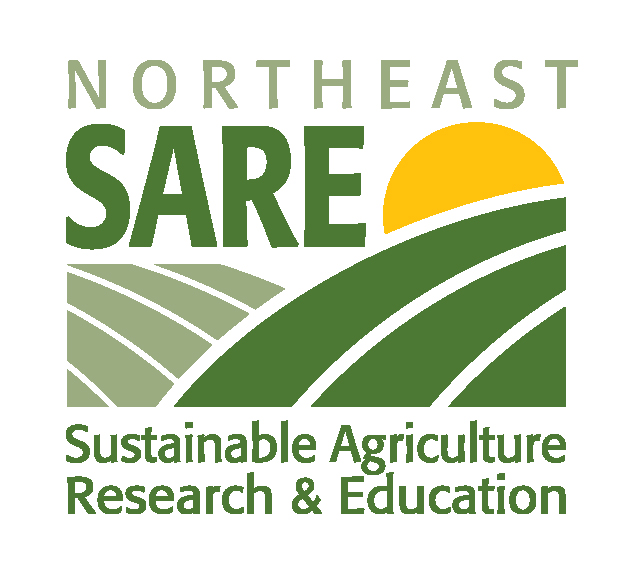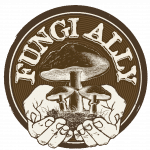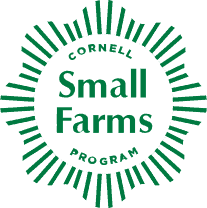Methods of Commercial Cultivation in the Northeastern United States

Table of Contents
- Mission, Goals, and Strategies
- Seven Stages of Cultivation
A. Strain selection
B. Substrate preparation
C. Inoculation
D. Incubation
E. Initiation
F. Fruiting
G. Harvest - Cultivating Indoors vs. Outdoors
- Four methods of Commercial Cultivation
A. Shiitake on logs
B. Oysters on straw
C. Substrate Treatment
D. Sawdust Blocks - Indoor
E. Sawdust Blocks - Outdoor
Visit www.FungiAlly.com for additional information and resources.



“This material is based upon work supported by the National Institute of Food and Agriculture, U.S. Department of Agriculture, through the Northeast Sustainable Agriculture Research and Education program under subaward number LNE19-376.”
Introduction
This is the second booklet in a series designed to introduce growers to the wide world of specialty mushroom cultivation. While book one focused on an
overview of what mushrooms are and the outlook of the industry as a whole, this booklet outlines the considerations to successfully bring mushrooms
through the production cycle in a commercial context. Book three focuses on the construction of sound growing spaces, considerations for marketing and sales, as well as grower profiles. If you have not read book one yet we recommend starting there!
As mentioned in the previous guide, mushroom farming offers a wide range of scales and systems to fit within many locations and goals of individual growers.
These guides, along with additional information found at our websites (www.FungiAlly.com and www.CornellMushrooms.com) should go a long way to get you started.
In this book, we emphasize the importance of first articulating your mission, goals, and strategies, in order to best define how you want to interact with
mushrooms and at what scale. We then walk through the entire cultivation process, offering insights into many of the key considerations for success. Many readers may be familiar with plant-based production systems, and there are several ways they are similar to systems for mushroom production.

Keep in mind that fungi are NOT plants.
They have different needs, challenges, and
growing patterns.

